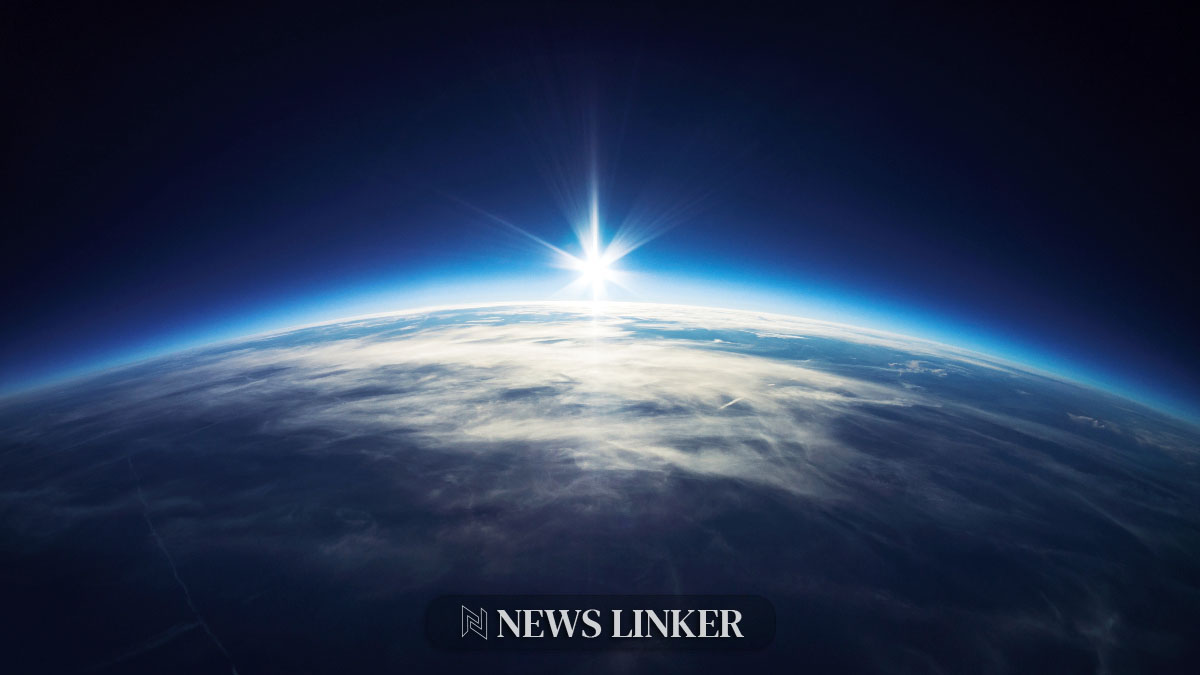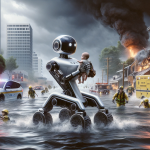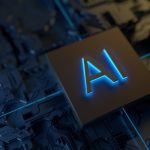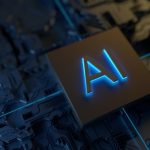The answer lies partly in the moons’ irregular shapes and curious compositions, which diverge from typical lunar characteristics seen elsewhere in our Solar System and have spurred competing theories about their origins. While Phobos and Deimos could be captured asteroids, evidence points to the intriguing possibility that they were born from debris resulting from a colossal impact on Mars, akin to Earth’s own moon-forming event. Yet, this impact theory and the asteroid capture theory both fail to account for specific aspects of the moons’ profiles, such as their orbits and density.
Over time, the scientific community has attempted to decode the mysteries surrounding Phobos and Deimos, pouring over data and employing simulation models to construct hypotheses about their origins. These efforts have historically swung between envisioning them as captives from the asteroid belt or as children of Martian cataclysm. For every piece of evidence that seems to favor one theory, another emerges that challenges it, leaving the debate open and ongoing.
Are They Captured Asteroids?
The notion of Mars’ moons as captured asteroids draws support from their similarity to carbonaceous C-type asteroids, predominant within the asteroid belt. This theory aligns with the moons’ physical characteristics and composition, suggesting a shared origin. However, Phobos and Deimos’ near-circular and equatorial orbits around Mars pose a significant challenge to this hypothesis, as captured bodies generally exhibit more eccentric orbital patterns.
Could an Impact Have Created Them?
On the flip side, the impact hypothesis posits that a significant collision with Mars ejected a disk of debris that eventually coalesced into Phobos and Deimos. This scenario can explain the moons’ orbits but struggles to reconcile with their composition and low density, which does not match Martian silica levels as one would expect if they formed from Mars’s ejected matter.
What Does New Research Suggest?
Recent studies have proposed a fresh take on the moons’ mysterious past. At the 55th Lunar and Planetary Science Conference, researchers put forth the idea that an icy impactor, rather than a rocky one, could be responsible for the formation of Phobos and Deimos. This research, titled “THE ICY ORIGINS OF THE MARTIAN MOONS” by Courteney Monchinski from the Earth-Life Science Institute at the Tokyo Institute of Technology, suggests that an impactor composed largely of ice would have resulted in less debris mass remaining in orbit, aligning with the current absence of a larger moon within Phobos’ orbit. Smoothed Particle Hydrodynamic (SPH) simulations lent credence to this icy impactor theory, showing that varying water ice contents in the impactor would produce diverse debris disks, potentially explaining the moons’ peculiar characteristics.
The scientific inquiry into Phobos and Deimos’ genesis has long stirred debate within the astronomical community. Journal records and scientific papers reflect the scrutiny under which both the asteroid capture and impact theories have been placed, with each hypothesis explaining certain features while leaving others enigmatic.
Points to Take Into Account
- Phobos and Deimos’s irregular shapes hint at a non-traditional formation process.
- Their orbits pose challenges to the captured asteroid theory.
- The icy impactor theory accounts for the moons’ composition and low density.
- SPH simulations back the possibility of an icy body altering Mars’ landscape.
The exploration of Phobos and Deimos’ origin story is part of a larger narrative about the Solar System’s formation and evolution. The icy impactor hypothesis provides a compelling explanation that marries the moons’ physical attributes with the dynamics of their current orbits. While the solar system may have harbored icy bodies in its early history, as suggested by asteroid Ryugu’s potential water content, further studies and space missions, like Japan’s Martian Moons eXploration (MMX), aim to unearth more clues. Although the MMX mission faces delays, the anticipated return of Phobos samples could prove pivotal in confirming or refuting prevailing theories, thus contributing to a more comprehensive understanding of planetary genesis. The patient wait for these insights underscores the scientific community’s commitment to unraveling the secrets of our cosmic neighborhood.










